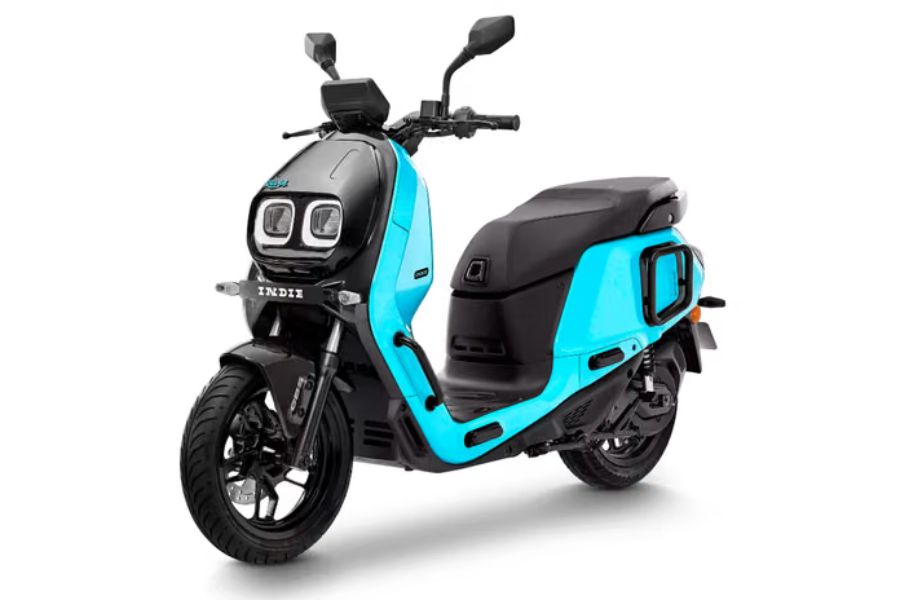Land Rover’s highly anticipated Range Rover Electric has entered its final testing phase, ahead of its global launch next year. The latest evaluations take place in the extreme climate of the United Arab Emirates, building on previous cold-weather trials conducted in the Arctic Circle. These rigorous tests aim to ensure the luxury electric SUV lives up to its legendary performance standards in all conditions.
Testing in Extreme Conditions
In the UAE, the Range Rover Electric has been subjected to temperatures exceeding 50°C with humidity levels reaching 90%. This challenging environment is ideal for evaluating the vehicle’s advanced thermal management system, which Jaguar Land Rover (JLR) describes as the most sophisticated ever installed in a Range Rover. This system is designed to maintain optimal cabin comfort even in severe heat, ensuring a luxurious experience for passengers. JLR reports that the vehicle performed beyond expectations during these trials.
The testing also included tackling the towering Big Red sand dune in Sharjah’s Al Badayer desert. Engineers evaluated the EV’s new Intelligent Torque Management system, which replaces traditional ABS-based traction control. This cutting-edge system directs power to each motor within a millisecond, enhancing off-road capabilities and traction. Even after five consecutive dune-climbing attempts, the prototypes showed no drop in performance.
Advanced Powertrain and Capabilities
The Range Rover Electric features a bespoke battery and electric drive unit developed in-house by JLR, along with an 800V charging architecture. While specific technical details remain under wraps, the EV promises comparable performance to the V8-powered Range Rover, potentially delivering up to 530 hp. Its dual-motor setup will provide superior four-wheel-drive capability, enabling torque vectoring for improved handling on rugged terrain.
True to Range Rover’s heritage, the electric SUV will offer the same “go-anywhere” capabilities as its internal combustion counterparts, including towing, all-terrain driving, and wading through water up to 850mm deep.
Subtle Yet Familiar Design
Prototype images reveal a sleek black exterior, closely mirroring the ICE-powered Range Rover introduced in 2022. JLR emphasized that the Range Rover Electric will retain its modernist design language, staying faithful to the brand’s iconic styling while incorporating subtle cues to distinguish its electric powertrain.
Manufacturing and Future Plans
The Range Rover Electric will be built at JLR’s Solihull facility in the UK, alongside its mild-hybrid and plug-in hybrid counterparts. Initially, the SUV will use batteries from third-party suppliers, with plans to transition to in-house battery production at Tata Group’s upcoming gigafactory in Somerset.
Tata Motors is also establishing an EV manufacturing plant in Tamil Nadu, India, with a ₹9,000 crore investment. Reports suggest this facility could produce JLR EVs and potentially accommodate some ICE vehicle production in response to evolving EU and UK regulations.
With its cutting-edge technology and renowned off-road capability, the Range Rover Electric is set to redefine luxury SUVs for the electric era.
Read More:




